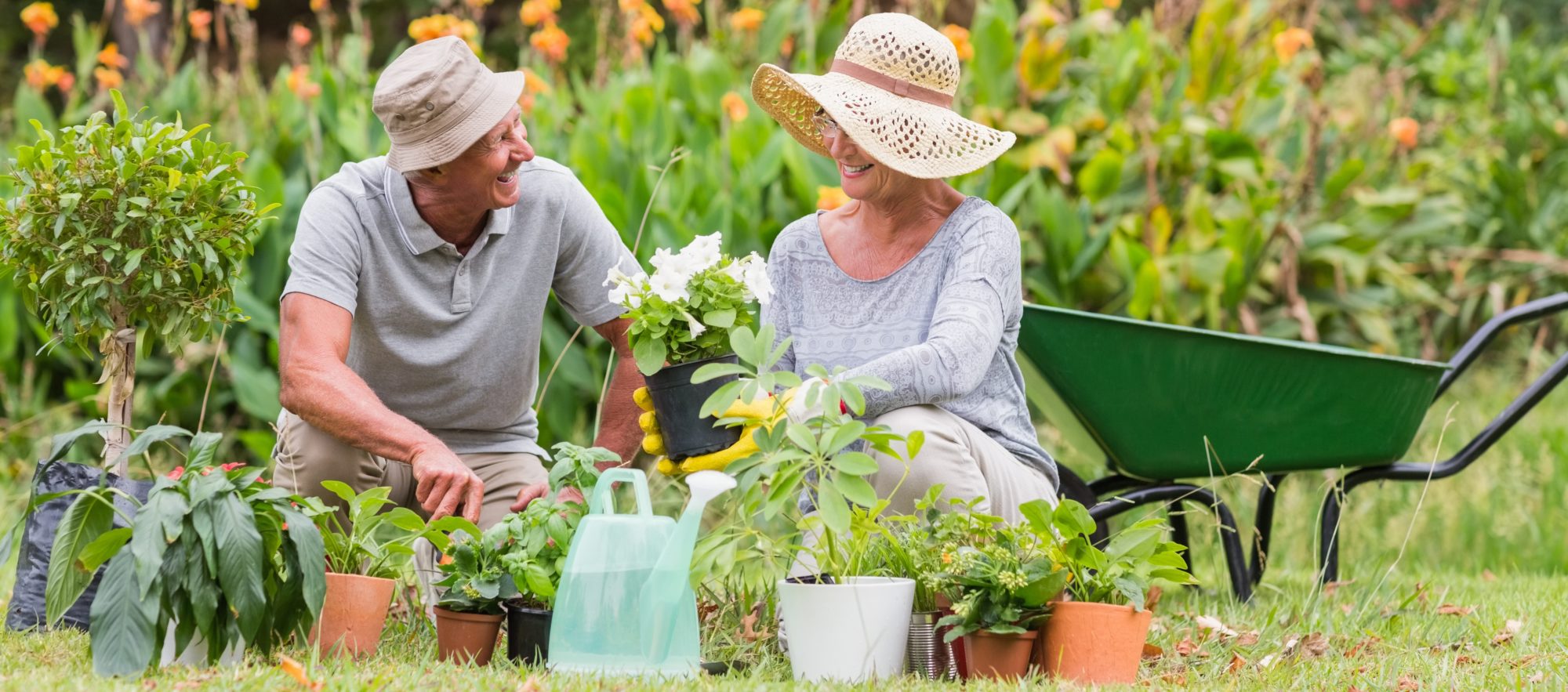Seasonal Gardening Tips: What to Plant and When for Ideal Outcomes
Seasonal Gardening Tips: What to Plant and When for Ideal Outcomes
Blog Article
The Comprehensive Guide to Gardening: Discover the Advantages of Different Styles and Methods
Gardening incorporates a diverse selection of styles and approaches, each offering distinct advantages customized to individual choices and environmental contexts. As we check out these different styles, it comes to be obvious that the options made can considerably influence both the garden's wellness and its contribution to the surrounding setting.
Comprehending Gardening Basics
Recognizing the fundamentals of gardening is essential for growing a thriving and lasting yard. A successful horticulture venture begins with a solid foundation of knowledge regarding dirt, plant selection, and environment factors to consider. Healthy dirt is the keystone of any type of yard; it supplies crucial nutrients, water retention, and an environment for useful microorganisms - Gardening. Checking soil pH and nutrient degrees can direct changes to optimize plant growth.
Selecting the right plants is equally crucial. Understanding their particular requirements-- such as sunshine, water, and spacing-- guarantees compatibility with the regional environment and soil conditions. This selection process must additionally consider the growth practices and lifecycle of plants, permitting a balanced and cosmetically pleasing garden.
In addition, effective watering practices are crucial. Over-watering and under-watering can both bring about plant stress and illness. Executing a schedule based upon seasonal adjustments and plant needs can enhance water performance.
Popular Horticulture Styles
What specifies the essence of popular gardening styles? Amongst the most renowned designs is the cottage garden, defined by its casual format and a lively selection of blossoms and veggies.
Alternatively, the formal garden embodies symmetry and order, usually featuring geometric patterns and meticulously cut bushes. This style communicates sophistication and sophistication, with thoroughly selected plants that strengthen an organized aesthetic.
The Japanese yard offers a serene and introspective experience, using all-natural components like water, rocks, and plants to create a serene atmosphere. It concentrates on simpleness and balance, encouraging reflection.
Additionally, xeriscaping has actually gotten appeal, specifically in deserts (Gardening). It focuses on drought-resistant plants and effective water use, advertising sustainability while boosting landscape beauty
Advantages of Container Gardening
Container horticulture provides a wide variety of advantages that make it an appealing alternative for both newbie and experienced garden enthusiasts alike. One of the key benefits is adaptability; containers can be positioned in different places, allowing garden enthusiasts to maximize sunlight direct exposure and produce visually appealing plans. This adaptability makes it feasible to yard precede where traditional in-ground horticulture might not be possible, such as terraces, patio areas, or metropolitan atmospheres.
Additionally, container gardening gives far better control over soil conditions. Garden enthusiasts can personalize the soil mix to suit particular plants, making sure optimal water drainage and nutrient availability. This is especially beneficial for people residing in locations with bad or polluted dirt.
One more substantial advantage is the decreased threat of pests and conditions. Container plants can be kept track of extra easily, and any type of issues can be resolved without delay. In addition, this strategy can reduce the spread of invasive species.
Lasting Horticulture Practices
Sustainable horticulture practices are essential for promoting environmental health and wellness and boosting biodiversity in our ecosystems. These techniques prioritize eco-friendly equilibrium, source preservation, and the usage of natural techniques to reduce adverse environmental influences. By employing techniques such as composting, gardeners can reduce waste while improving dirt health and wellness, thereby promoting a flourishing yard community.
Water preservation is one more essential aspect of sustainable gardening. Methods such as rain harvesting, drip irrigation, and making use of drought-resistant plants can substantially lower water use while ensuring that plants obtain adequate moisture. Moreover, integrating native plant types into garden layouts sustains regional wildlife and reduces the need for chemical fertilizers and pesticides, which can be damaging to the atmosphere.

Inevitably, sustainable horticulture techniques not just add to much healthier gardens but see page also promote an even more durable setting, supplying long-lasting advantages to both the garden enthusiast and the surrounding neighborhood.
Tips for Effective Gardening
To cultivate a thriving garden, gardeners should focus on mindful planning and thoughtful implementation of their horticulture strategies. Begin by evaluating the regional climate and dirt problems, as these variables considerably affect plant selection and development. Pick plants that are fit to your environment, considering native species that will certainly love marginal treatment.
Executing a well-structured format is important (Gardening). Make use of friend growing techniques to advertise biodiversity and natural bug control, while guaranteeing each plant has appropriate room for growth. This not only enhances aesthetics however also enhances overall plant wellness
Routine maintenance is essential to an effective yard. Develop a regular schedule for watering, weeding, and feeding. Mulching can assist maintain wetness and suppress weeds, while likewise including natural matter to the dirt.
Routinely monitoring plant health and growth will permit for timely interventions. Be open to finding out and adapting; gardening is a continuous procedure that benefits from browse this site experience and testing.
Verdict


In recap, the expedition of varied gardening styles and methods reveals their complex benefits, adding to both visual appeal and ecological wellness. Container gardening offers adaptability and access, while sustainable practices boost ecological stewardship. By integrating numerous methods and approaches, garden enthusiasts can enhance their efforts, advertise biodiversity, and create useful outside spaces. Inevitably, this detailed guide works as a beneficial resource for cultivating successful horticulture experiences, fostering a much deeper connection with nature and the bordering community.
Report this page